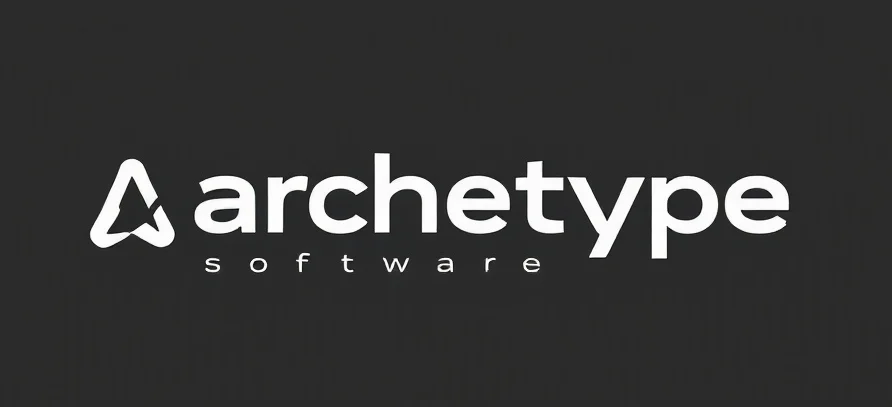The Art and Science of Product Description Writing
Imagine strolling into a store where every product had a story to tell. The shelves aren’t just packed with goods; they’re alive with narratives that speak directly to your needs, desires, and quirks. This isn’t far from reality in the realm of product description writing, where every sentence is a brushstroke on the canvas of consumer imagination.
In the age of digital commerce, product descriptions are more than just a list of features. They are the bridge between a product and its potential owner, a middle ground where technology meets storytelling. For those of us at the intersection of AI and ecommerce, crafting these descriptions is both an art and a science—a delicate balance of persuasion, clarity, and creativity.
The Role of AI in Product Descriptions
AI, our trusty intern, is here to assist. It sifts through data, learns from patterns, and drafts descriptions that can captivate as much as convert. But let’s not get carried away. Remember, AI is only as good as the guidance it receives. While it processes vast amounts of information faster than any human could, it lacks the nuanced touch of human insight—a reminder that the best product descriptions are born from a collaboration between man and machine.
AI can analyze consumer behavior, predict trends, and even suggest the optimal tone for a target audience. Yet, it’s the human element that infuses these insights with empathy and relevance. It’s like AI sets the stage, but humans write the script.
Crafting Descriptions that Connect
In crafting a product description, think of yourself as a translator—converting technical specs into relatable benefits. The goal is to make the reader see themselves using the product, to evoke an emotional response that transcends pixels on a screen.
Here’s where the transformative magic happens. A well-written description doesn’t just inform; it inspires. It paints a picture of a future where the product solves a problem or enhances a lifestyle. It taps into the customer’s imagination and beckons them to take action.
Actionable Tips for Writing Effective Product Descriptions
- Know Your Audience: Before you write, understand who you’re writing for. What are their pain points? What language do they speak?
- Focus on Benefits, Not Features: While features are important, it’s the benefits that sell. Make it clear why these features matter to the user.
- Use Sensory Words: Words that evoke the senses can make descriptions more vivid and engaging.
- Keep It Simple, Yet Compelling: Avoid jargon unless it’s necessary and adds value. Keep your language clear and persuasive.
- Leverage AI Tools: Use AI to generate ideas and draft initial copies, but always refine these with a human touch.
In essence, product description writing is where technology meets human creativity. It’s a dance of data and storytelling, where every word counts and every sentence is a step towards transforming a casual browser into a satisfied customer. So, go forth and craft descriptions that not only inform but also inspire and connect. Your products—and your customers—deserve nothing less.
Checkout ProductScope AI’s Studio (and get 200 free studio credits)

